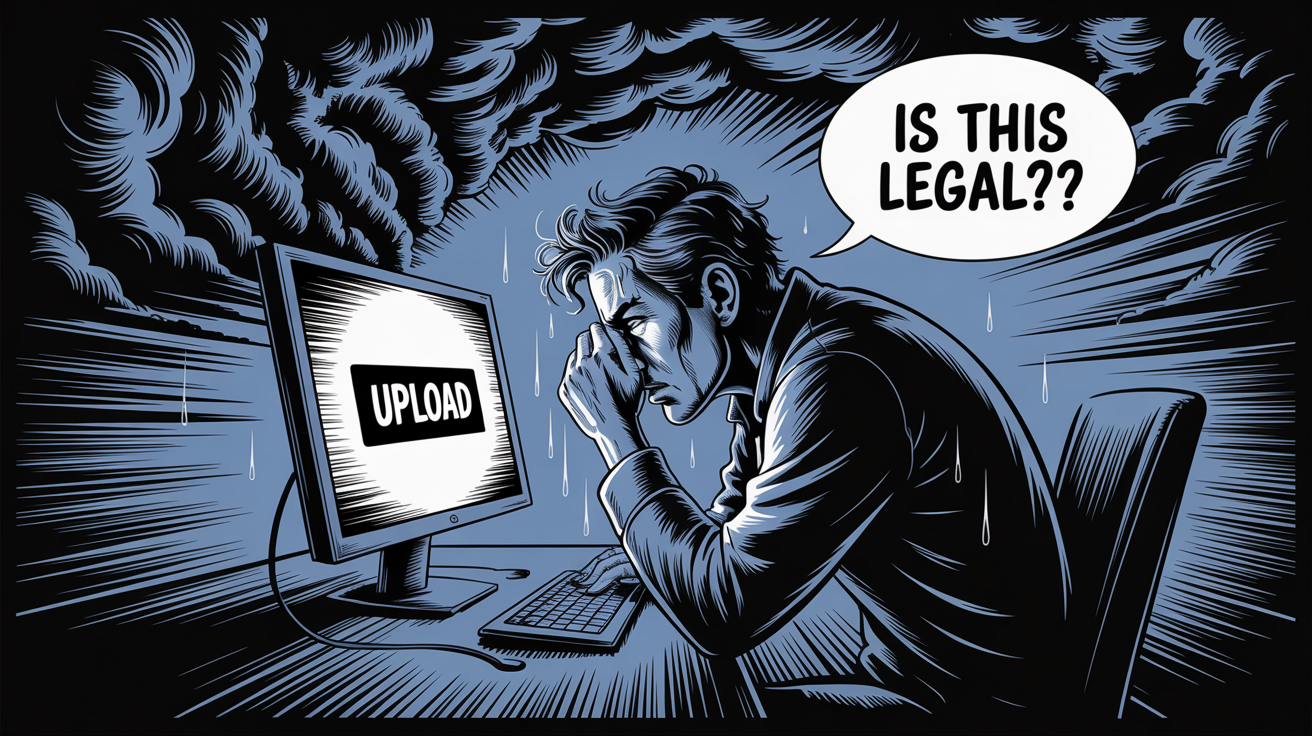30-Second Summary
- The Core Problem: You want to use AI voices for your commercial projects, but you're worried about the legal risks. Can you get a copyright strike? Can you monetize the content? The fear and uncertainty are real.
- The Simple Solution: The legality of your project boils down to two key questions: 1) Do you have a license to use the voice commercially? and 2) Do you own the rights to the script you're converting? You must be able to answer "yes" to both.
- Your First Action: Check your AI voice platform's terms. With a paid Kukarella subscription, for example, you automatically receive a commercial license for the voices. This solves the first half of the puzzle.
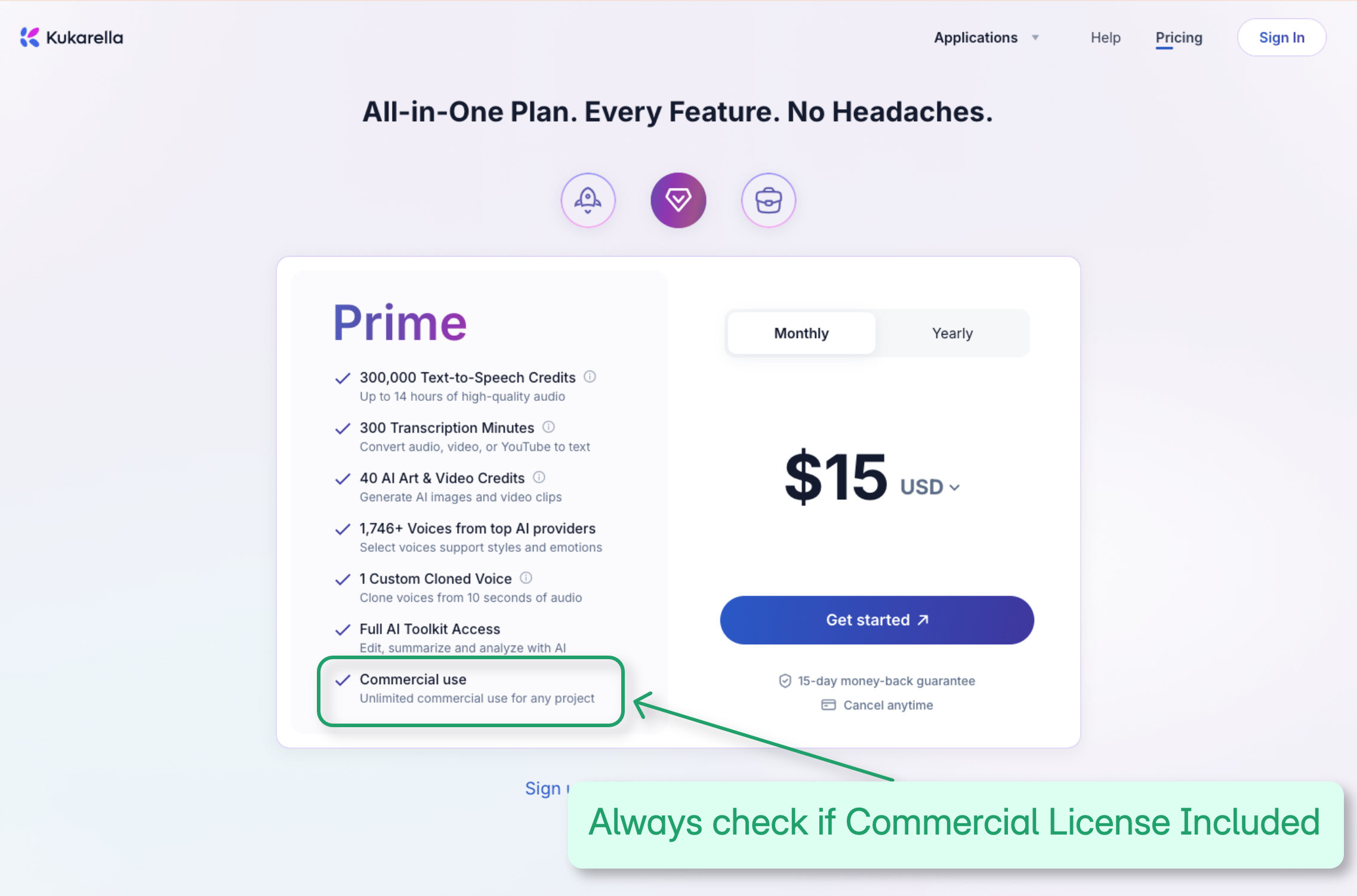
1. "Can I Really Use This on YouTube?"
You’ve created a video, a helpful training module, or a compelling ad. The AI voice you used sounds professional and polished. But as you’re about to click "upload" or "publish," a nagging question stops you: Is this legal? Can you actually monetize this content, or will you face a copyright claim down the road?
Effective July 15, 2025, YouTube now explicitly prohibits monetization of "inauthentic content," defined as mass-produced, repetitive, or minimally modified AI-generated videos (e.g., templated scripts with synthetic voices over stock footage). 1, 2, 3. However, AI-assisted content is monetizable if it meets:
- Significant human input: Script editing, voice customization, or original narrative integration.
- Value addition: Educational commentary, transformative storytelling, or unique analysis.
- Compliance with advertiser-friendly guidelines: No sensationalism, misinformation, or copyright violations.
- Examples of Allowed Content:
- Documentaries with AI-narrated historical segments, but with creator-curated visuals/script.
- Tech reviews using AI voices for consistency, but featuring original testing/commentary.
If you want to go deeper, here is a simple, two-part framework that puts you in complete control.
2. The Two-Question Framework for Commercial Use
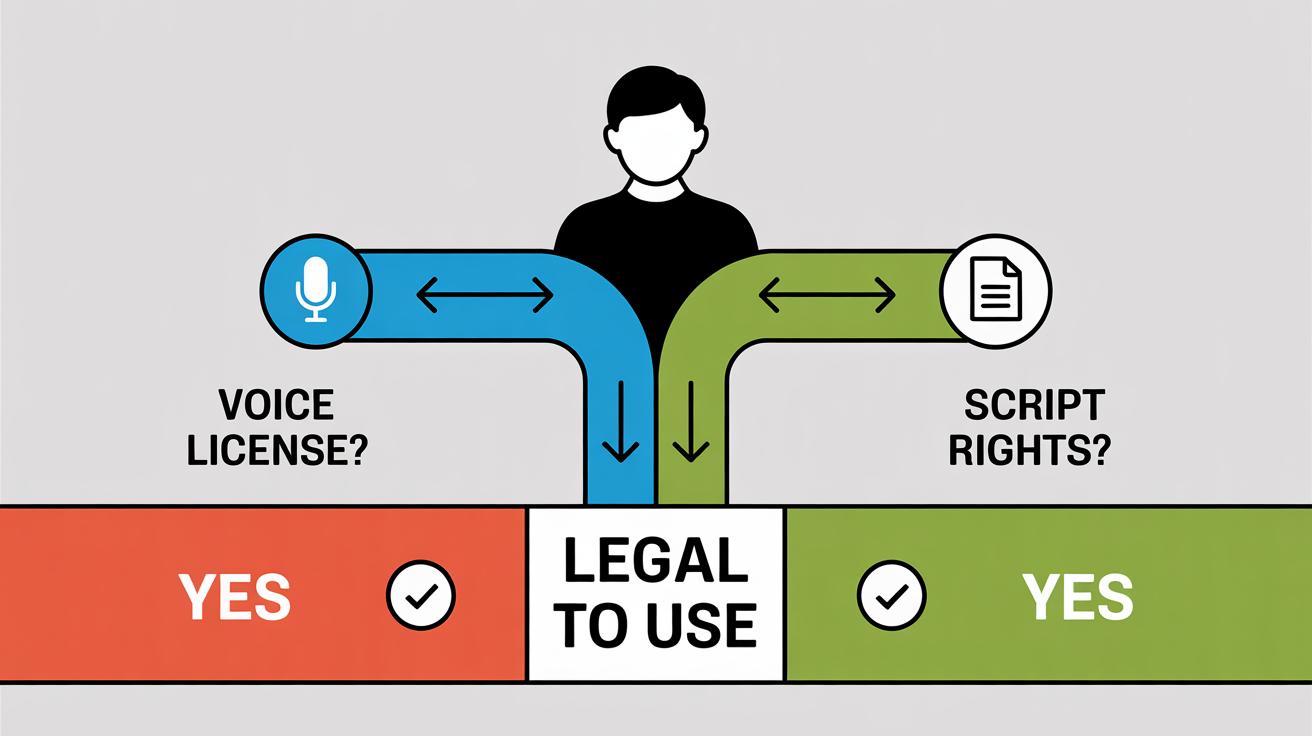
To legally use AI voice content for any commercial purpose (including a monetized YouTube channel, online courses, advertisements, or public content), you must satisfy two conditions:
- Permission for the Voice: Do you have a license to use the AI voice itself for commercial projects?
- Rights to the Content: Do you own the copyright to the written text you are turning into audio?
Let's break down exactly what each of these means.
Question 1: Do You Have a License for the Voice?
The AI voices you use are pieces of software created and owned by a platform. To use them for business, you need a license.
- What a Commercial License Gives You: A commercial license is an agreement that grants you the right to use the AI voices in projects that generate revenue or promote a business. This is what allows you to include the audio in ads, social media, and monetized videos.
- How to Get It: This is typically handled through your subscription plan. For instance, all paid Kukarella subscriptions automatically include a commercial usage license. This means the AI voices are effectively royalty-free for subscribers; you don't have to pay an extra fee each time someone listens to your content.
- The Free vs. Paid Distinction: This is why free tiers on most platforms are for personal, non-commercial use only. The commercial license is a key benefit of a paid plan.
Answering Question 1 is simple: If you have a paid plan with a platform like Kukarella, the answer is yes.
Question 2: Do You Own the Rights to the Script?
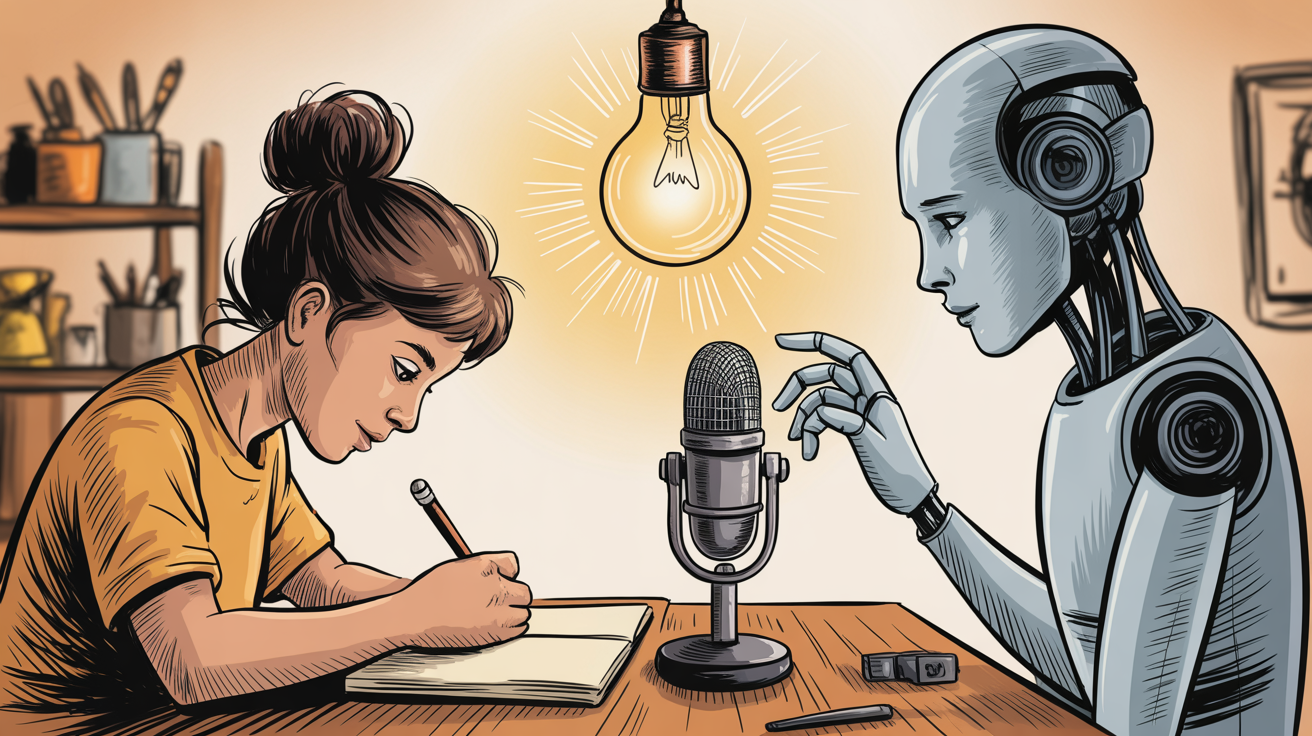
This is the part that trips most people up. The commercial license for the voice is useless if you don't have the right to use the words you're generating.
You are legally protected when you use your original text. This means:
- You wrote the script yourself.
- You can authorize the creation of "derivative works" (like an AI voice recording of your script).
- You own the copyright to the final audio recording because it's based on your creative work.
The "Human Creativity" Requirement:
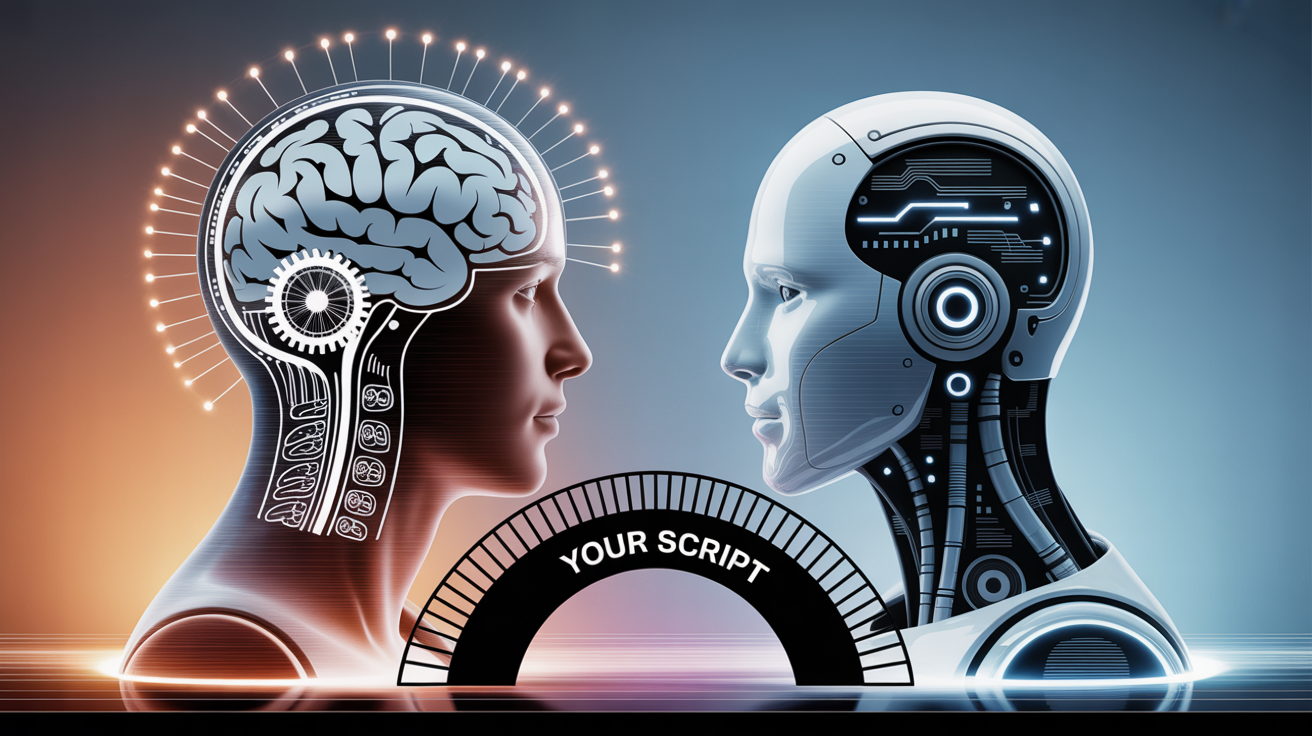
This is not just a platform rule; it's a legal standard. Recent decisions by the U.S. Patent and Trademark Office (USPTO) have clarified that for a work to be copyrightable, it must be a product of human creativity. An AI-generated comic, for example, had its copyright protection revoked on these grounds.
This affects you in one crucial way: the "human" part of your project is your script. The final audio product is a combination of your human-created content and the AI voice generation tool. Without your original, creative text, you have nothing to copyright.
The Celebrity Voice Trap: A Real-World Warning
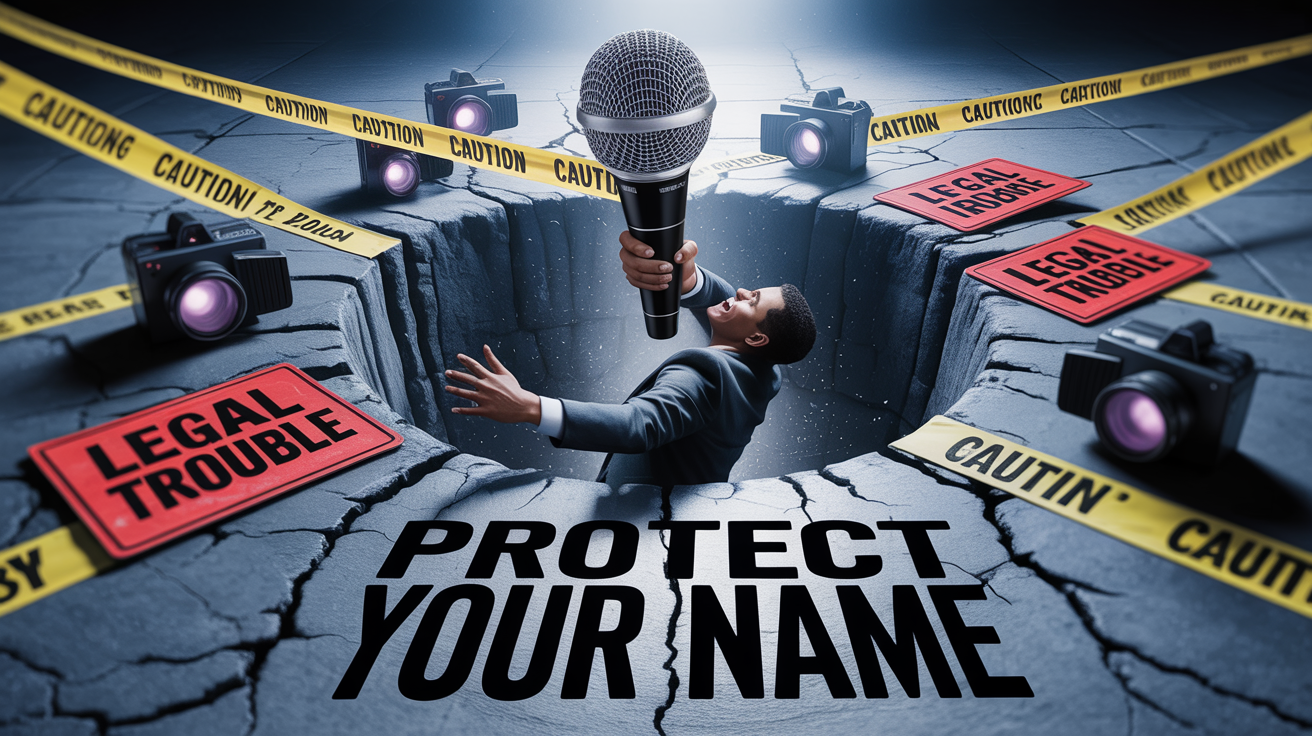
"But what if I use an AI to sound like a famous actor?" This is where the Right of Publicity comes into play.
- The Jay-Z Shakespeare Case: In a famous 2020 incident, a company used AI to make Jay-Z's voice recite Shakespeare. They didn't use any of his copyrighted recordings, but they recreated his distinctive vocal characteristics. This raised serious legal issues because it violated his right of publicity—the right of an individual to control the commercial use of their name, image, and likeness (which includes their voice).
- The Lesson: Just because you can technically create a voice that sounds like someone doesn't mean you have the legal right to use it, especially for commercial purposes. It can be seen as a deceptive endorsement.
Your Practical Compliance Checklist
Use this checklist to ensure you stay on the right side of the law.
✅ What You Should Do:
- Create Original Content: Always write your own scripts or use text that you have explicit permission to adapt.
- Confirm Your Commercial License: Ensure you are on a paid plan that includes commercial use rights for the AI voices.
- Keep Clear Records: Document the platform you're using and the text content you create for your projects.
- Be Transparent: While not always required, disclosing that your audio is AI-generated is good practice and builds trust.
⚠️ What Requires Special Attention:
- Parody and Fair Use: Creating content that comments on or parodies a real person is a legal gray area. Proceed with caution.
- Public Domain Text: Using AI to narrate a book that's in the public domain (like Shakespeare) is generally safe, as the underlying text has no copyright.
❌ What to Avoid at All Costs:
- Impersonating Celebrities: Never try to replicate a specific celebrity's voice for a commercial project without their explicit permission.
- Using Copyrighted Text: Do not copy and paste text from a book, article, or website that you do not own the rights to.
- Deceptive Use: Do not use AI voices to impersonate real, private individuals (like a CEO or political figure) in a way that is deceptive or defamatory.
⚖️ Other Pitfalls to Avoid:
- Templated Workflows: Reusing the same AI voice/style across videos → flagged as "repetitious."
- Misleading Content: Undisclosed AI voices in sensitive contexts → channel strikes.
- Low Retention: Generic AI narration → high drop-off rates → algorithmic suppression.
Disclaimer: This guide provides general information and best practices, not legal advice. For specific legal questions about your project, it is always best to consult with a qualified legal professional.
